Home>diy>Building & Construction>What Does PR Stand For In Construction


Building & Construction
What Does PR Stand For In Construction
Modified: February 25, 2024
Discover what PR stands for in building construction and how it impacts the industry. Gain insights into the role of PR in construction projects and its benefits.
(Many of the links in this article redirect to a specific reviewed product. Your purchase of these products through affiliate links helps to generate commission for Storables.com, at no extra cost. Learn more)
Introduction
Welcome to the world of construction, where buildings rise and dreams take shape. The construction industry is a vital sector that involves complex projects, skilled professionals, and meticulous planning. But beyond the physical act of building, there is another crucial aspect that plays a significant role in the success of construction projects – Public Relations (PR).
PR, also known as public affairs or corporate communications, is a strategic communication practice that aims to build and maintain positive relationships between an organization and its various stakeholders. In the context of construction, PR focuses on managing the reputation, ensuring public awareness, and promoting a positive image for construction companies and the projects they undertake.
Construction projects, by their nature, have a significant impact on the communities where they are located. They can disrupt daily life with noise, traffic congestion, and other inconveniences. Therefore, it is essential for construction companies to engage in effective PR practices to convey their message, address public concerns, and build a harmonious relationship with the communities and relevant stakeholders.
Moreover, PR in construction goes beyond just managing public perception. It also involves establishing meaningful connections with potential clients, investors, government bodies, suppliers, and subcontractors. This allows construction companies to enhance their market presence, attract new business opportunities, and establish themselves as industry leaders.
In this article, we will explore the significance of PR in the construction industry, the role it plays in construction projects, the benefits it brings, and effective PR strategies and best practices for construction companies. We will also highlight real-world examples of successful PR in the construction industry, as well as the challenges and limitations that PR professionals face in this field.
Whether you are a construction company looking to enhance your public image or a budding PR professional interested in the construction industry, let’s delve into the realm of PR in construction and discover its power to shape perceptions, generate opportunities, and build strong foundations.
Key Takeaways:
- PR in construction is essential for managing reputation, engaging stakeholders, and mitigating negative public perception. It plays a crucial role in fostering community relations, crisis communication, and market differentiation.
- Effective PR strategies help construction companies enhance their image, attract new business opportunities, and establish themselves as industry leaders. Despite challenges, investing in PR is vital for long-term success in the dynamic construction landscape.
Read more: What Does SD Stand For In Construction
Definition of PR in Construction
In the construction industry, Public Relations (PR) refers to the strategic communication practices aimed at managing the reputation, promoting a positive image, and maintaining relationships between construction companies and their stakeholders. PR in construction involves the systematic and planned efforts to communicate with various audiences, including the public, clients, investors, government bodies, employees, and subcontractors.
The primary objective of PR in construction is to establish and maintain a favorable public perception of a construction company and its projects. This involves crafting and disseminating key messages, coordinating media relations, organizing events, and implementing community engagement initiatives.
One of the key aspects of PR in construction is managing public perception and addressing the concerns and expectations of local communities impacted by construction projects. This includes transparent communication about project timelines, potential disruptions, safety measures, environmental impacts, and mitigation efforts. By proactively engaging with the community, construction companies can build trust, resolve conflicts, and mitigate negative sentiment that may arise during the construction process.
Another important dimension of PR in construction is corporate communication. Construction companies need to effectively communicate their corporate values, achievements, and industry expertise to establish themselves as reputable and trustworthy organizations. This can be achieved through press releases, thought leadership articles, social media engagement, and participation in industry events and conferences.
Furthermore, PR in construction serves as a crucial tool for business development and attracting new opportunities. By effectively promoting their capabilities, track record, and unique selling points, construction companies can differentiate themselves in a highly competitive market. This can be achieved through targeted media campaigns, strategic partnerships, and proactive engagement with potential clients, investors, and industry influencers.
Overall, PR in construction is a multi-faceted discipline that combines elements of communication, reputation management, stakeholder engagement, and business development. It plays a vital role in shaping public opinion, managing relationships, and driving the success of construction companies and their projects.
Importance of PR in the Construction Industry
Public Relations (PR) is of paramount importance in the construction industry. It serves as a bridge between construction companies and their stakeholders, enabling effective communication, reputation management, and building strong relationships. Here are several key reasons why PR is crucial in the construction industry:
1. Reputation Management: Construction projects often face public scrutiny, especially when they involve significant community impact. PR helps construction companies manage their reputation by proactively addressing concerns, disseminating accurate information, and showcasing their commitment to safety, sustainability, and community welfare. By building a favorable public perception, construction companies can attract better business opportunities and gain the trust of stakeholders.
2. Community Engagement: Construction projects can have both positive and negative implications for local communities. PR facilitates open dialogue, fosters community engagement, and helps construction companies involve stakeholders in decision-making processes. This not only mitigates potential conflicts but also promotes a sense of ownership and partnership, resulting in smoother project implementation and enhanced public acceptance.
3. Crisis Communication: Construction projects are susceptible to unexpected events, such as accidents, legal challenges, or environmental issues. In such challenging situations, PR professionals play a crucial role in managing communication effectively, mitigating reputational damage, and restoring public confidence. By responding promptly, transparently, and empathetically, construction companies can navigate crises and maintain stakeholder trust.
4. Market Differentiation: The construction industry is highly competitive, with numerous firms vying for clients and projects. Effective PR strategies help construction companies stand out by highlighting their unique capabilities, track record, and industry expertise. Through thought leadership initiatives, media presence, and targeted marketing campaigns, construction companies can position themselves as industry leaders and attract new business opportunities.
5. Investor Relations: PR is vital for maintaining positive relationships with investors and attracting new sources of funding. Construction projects often require significant capital investments, and investors need assurance regarding the company’s financial stability, track record, and growth potential. Through timely and transparent communication, PR professionals help construction companies build credibility and trust with investors, ensuring long-term financial sustainability.
6. Employee Engagement: PR not only focuses on external stakeholders but also plays a critical role in internal communication. Engaged and informed employees are essential for the success of construction projects. Effective PR strategies ensure that employees are well-informed, motivated, and aligned with the company’s vision and values. This fosters a positive work culture, boosts productivity, and reduces employee turnover.
In summary, PR in the construction industry is indispensable for managing reputation, enhancing community relations, crisis communication, market differentiation, investor relations, and employee engagement. By investing in PR efforts, construction companies can establish themselves as trusted industry players, attract better business opportunities, and contribute to the sustainable growth of the construction industry.
Role of PR in Construction Projects
Public Relations (PR) plays a vital role in the success of construction projects. It ensures effective communication, manages stakeholder relationships, and safeguards the reputation of construction companies. Here are some key roles that PR plays in construction projects:
1. Communication Management: PR professionals in construction projects are responsible for developing and implementing comprehensive communication strategies. They ensure that project updates, milestones, and important information are effectively communicated to stakeholders, including clients, investors, government agencies, and local communities. By maintaining clear and transparent communication channels, PR professionals help prevent misunderstandings, manage expectations, and build trust with stakeholders.
2. Reputation Building: Construction projects, especially large-scale ones, can attract public attention and scrutiny. PR professionals work to build a positive reputation for construction companies by highlighting their expertise, commitment to quality, and adherence to safety standards. By showcasing successful projects, industry awards, and positive testimonials, PR professionals help establish construction companies as reliable and trustworthy partners.
3. Stakeholder Engagement: Construction projects involve numerous stakeholders, including local communities, regulatory authorities, environmental groups, and subcontractors. PR professionals facilitate proactive engagement with these stakeholders, addressing their concerns, soliciting feedback, and involving them in decision-making processes. By building strong relationships and fostering collaboration, PR professionals help ensure smooth project execution and minimize conflicts.
4. Crisis Management: Construction projects can face unexpected crises or issues that can impact the project’s progress or public perception. PR professionals are responsible for managing these crises effectively, mitigating reputational damage, and restoring public trust. Whether it’s addressing accidents, project delays, or environmental concerns, PR professionals develop crisis communication plans, coordinate with relevant parties, and communicate transparently to minimize negative impacts.
5. Media Relations: PR professionals in construction projects handle media inquiries, coordinate press releases, and maintain relationships with journalists and media outlets. They ensure that construction projects receive positive media coverage, allowing them to reach a broader audience and enhance their reputation. By leveraging media opportunities, PR professionals help increase public awareness and understanding of construction projects.
6. Community Relations: Construction projects often have a direct impact on local communities, such as noise, traffic disruptions, or changes in the local environment. PR professionals engage with the community, proactively addressing concerns, sharing project updates, and organizing community events or initiatives. Building positive relationships with the community helps construction projects gain public support, minimize opposition, and ensure a smoother construction process.
In summary, PR plays a crucial role in managing communication, building reputation, engaging stakeholders, handling crises, maintaining media relations, and fostering community relationships in construction projects. By effectively fulfilling these roles, PR professionals contribute to the overall success of construction projects and the positive image of construction companies.
Benefits of PR in Construction
Public Relations (PR) offers numerous benefits to construction companies, helping them establish a positive image, build relationships, and achieve success in the industry. Here are some key benefits of PR in construction:
1. Enhancing Reputation: PR activities contribute to building and maintaining a strong reputation for construction companies. By effectively managing communication, addressing public concerns, and promoting positive accomplishments, PR professionals help establish construction companies as trusted and reliable partners in the industry. A positive reputation attracts clients, investors, and stakeholders, enhancing business opportunities.
2. Generating Positive Publicity: PR efforts generate positive publicity for construction companies and their projects. Through media relations, press releases, and strategic messaging, PR professionals ensure that construction projects receive favorable coverage in the public eye. Positive media exposure increases awareness, establishes credibility, and promotes the achievements of construction companies.
3. Building Strong Relationships: PR activities focus on fostering relationships with clients, local communities, government agencies, industry associations, and other stakeholders. By engaging in open and transparent communication, PR professionals build trust, address concerns, and involve stakeholders in the decision-making process. Strong relationships lead to better cooperation, collaboration, and support throughout the construction project lifecycle.
4. Managing Public Perception: PR plays a critical role in managing public perception of construction projects. By proactively addressing potential negative impacts, communicating project updates, and demonstrating commitment to safety and sustainability, construction companies can shape a positive narrative around their projects. This helps to alleviate public concerns and garner support from the community.
5. Attracting New Business Opportunities: Effective PR strategies help construction companies stand out in a competitive market and attract new business opportunities. By showcasing their expertise, successful projects, and industry thought leadership, construction companies can differentiate themselves and position themselves as industry leaders. This assists in attracting potential clients, investors, and partners.
6. Mitigating Crisis and Reputation Risks: Construction projects can face unforeseen challenges and crises that can tarnish a company’s reputation. PR professionals are skilled at crisis management, helping construction companies navigate difficult situations, minimize reputational damage, and restore trust. By swiftly and effectively handling crises, PR professionals protect the image and reputation of construction companies.
7. Employee Motivation and Engagement: PR efforts extend internally, ensuring that employees are informed, engaged, and aligned with the company’s values and goals. By effectively communicating project updates, milestones, and achievements, PR professionals keep employees motivated and foster a positive work culture. Engaged employees are more likely to perform better, leading to higher productivity and project success.
8. Regulatory Compliance: PR professionals play a role in ensuring that construction companies comply with regulations and industry standards. By keeping a constant pulse on regulatory requirements and engaging with government authorities, PR professionals help construction companies navigate compliance challenges and demonstrate their commitment to responsible practices.
In summary, PR in construction offers a multitude of benefits, including enhancing reputation, generating positive publicity, building strong relationships, managing public perception, attracting new business opportunities, mitigating crises, engaging employees, and ensuring regulatory compliance. By investing in PR efforts, construction companies can gain a competitive edge, enhance their image, and achieve long-term success in the industry.
PR in construction stands for “Public Relations.” It involves managing the communication and relationships between a construction company and the public, including clients, stakeholders, and the community. Building a positive public image is crucial for the success of a construction project.
Read more: What Does BIM Stand For In Construction
PR Strategies for Construction Companies
Effective Public Relations (PR) strategies are essential for construction companies to build a positive image, communicate their message, and engage with stakeholders. Here are some key PR strategies that construction companies can adopt:
1. Develop a Comprehensive PR Plan: Construction companies should start by creating a well-defined PR plan that outlines their goals, target audiences, key messages, and communication channels. The plan should also include strategies for media relations, community engagement, crisis management, and internal communication. A comprehensive PR plan serves as a roadmap for implementing PR activities effectively.
2. Build Relationships with Media: Establishing strong relationships with the media is crucial for construction companies. PR professionals should proactively reach out to journalists, industry publications, and online platforms to pitch newsworthy stories, provide expert opinions, and promote success stories. Regular press releases and media events can help ensure that construction companies stay on the media’s radar.
3. Utilize Social Media Platforms: Social media is a powerful tool for construction companies to expand their reach and engage with their target audience. By creating and maintaining active social media profiles, construction companies can share project updates, showcase completed projects, provide industry insights, and respond to inquiries or concerns from followers. Engaging content such as videos, infographics, and behind-the-scenes glimpses can capture the attention of the audience.
4. Engage in Community Outreach: Building relationships with the local community is crucial for construction companies. PR efforts should include community outreach initiatives such as town hall meetings, open houses, or participation in local events. Engaging with community members through transparent and two-way communication helps address concerns, gain support, and ensure smoother project implementation.
5. Highlight Sustainability Efforts: The construction industry has a significant impact on the environment, and construction companies need to demonstrate their commitment to sustainability. PR strategies should highlight sustainable practices, such as using green materials, implementing energy-efficient designs, reducing waste, and incorporating sustainable technologies. Showcasing these efforts can enhance the reputation and attract environmentally conscious clients and partners.
6. Thought Leadership and Industry Expertise: Construction companies can establish themselves as industry leaders by positioning their executives or experts as thought leaders. PR professionals should identify opportunities for speaking engagements, panel discussions, and industry conferences. By sharing insights, case studies, and best practices, construction companies can demonstrate their expertise and build credibility within the industry.
7. Employee Advocacy: Engaged employees can be strong brand advocates for construction companies. Establishing an internal communications strategy and encouraging employees to share positive stories, project updates, and company achievements on their personal or professional social media platforms can amplify the company’s PR efforts. Regular communication and recognition programs can foster a sense of pride and enhance employee engagement.
8. Monitor and Respond to Feedback: PR professionals should actively monitor feedback from various stakeholders, including clients, employees, community members, and industry influencers. By listening and responding promptly and thoughtfully to feedback, construction companies can address concerns, resolve issues, and strengthen relationships. Regular surveys, online reviews, and feedback forums can provide valuable insights for improving PR strategies.
By implementing these PR strategies, construction companies can effectively communicate their message, enhance their reputation, engage with stakeholders, and position themselves as leaders in the industry. Consistency, transparency, and adaptability are key to successful PR efforts in the dynamic construction landscape.
Best Practices for PR in Construction
Public Relations (PR) is a critical component of success in the construction industry. To maximize the impact of PR efforts, construction companies should follow these best practices:
1. Start with a Clear Strategy: Develop a well-defined PR strategy aligned with the company’s overall goals and objectives. Determine the target audience, key messages, and desired outcomes. A clear strategy serves as a roadmap for all PR activities and ensures consistency and effectiveness.
2. Proactive Communication: Establish a proactive approach to communication by consistently providing timely and accurate information. Ensure that project updates, milestones, and achievements are shared with stakeholders through suitable channels such as press releases, newsletters, website updates, and social media platforms. Clear and regular communication helps build trust and transparency.
3. Engage with the Community: Engage with local communities impacted by construction projects to address concerns, provide updates, and foster a positive relationship. Establish open lines of communication, conduct regular meetings, and organize community events. Solicit feedback and involve community members in decision-making processes to build trust and mitigate opposition.
4. Build Media Relationships: Cultivate relationships with journalists and relevant media outlets to ensure accurate and positive coverage of construction projects. Establish a media contact list and regularly provide news updates, press releases, and expert opinions. Be responsive to media queries and facilitate interviews or site visits to showcase the company’s projects and innovations.
5. Leverage Digital Platforms: Utilize digital platforms, such as a user-friendly website and active social media accounts, to enhance visibility and engage with a wider audience. Regularly post project updates, industry insights, and informative content to showcase the company’s expertise and thought leadership. Respond promptly to comments or inquiries received through digital channels.
6. Monitor and Manage Online Reputation: Maintain an active presence on review platforms and monitor online conversations related to the company and its projects. Respond to online reviews and feedback in a timely and professional manner, addressing any concerns or issues raised. Consistently managing the online reputation helps maintain a positive image and credibility.
7. Emphasize Safety and Sustainability: Highlight the company’s commitment to safety and sustainability in all PR efforts. Showcase safety protocols, training programs, and sustainable practices employed in construction projects. Engage with stakeholders to demonstrate the company’s dedication to minimizing environmental impact and promoting responsible construction practices.
8. Engage Employees as Brand Ambassadors: Internal communication plays a crucial role in PR. Keep employees well-informed about company initiatives, project updates, and PR activities. Encourage them to share positive stories and project accomplishments on their personal social media platforms, subtly promoting the company’s brand and reputation.
9. Measure and Evaluate Results: Regularly measure and evaluate the effectiveness of PR efforts. Track key performance metrics such as media coverage, social media engagement, website traffic, and community feedback. Use this data to assess the impact of PR strategies, make necessary adjustments, and continuously improve future initiatives.
By adhering to these best practices, construction companies can establish a strong PR foundation that builds trust, enhances reputation, and engages effectively with stakeholders. PR should be seen as an ongoing process that requires continuous effort, adaptability, and a commitment to maintaining open and transparent communication with all relevant parties.
Examples of PR in the Construction Industry
Public Relations (PR) plays a vital role in shaping the image, reputation, and success of construction companies. Let’s look at some examples of PR initiatives in the construction industry that have proven effective:
1. Community Engagement: A construction company embarking on a large infrastructure project in a residential area actively engaged with the local community through a PR campaign. They organized town hall meetings to address concerns, provided regular project updates through newsletters and social media platforms, and implemented safety training programs for local residents. This proactive approach helped alleviate community concerns, build trust, and foster a positive relationship with the community throughout the construction process.
2. Thought Leadership: A construction company, known for its expertise in sustainable building practices, implemented a PR strategy to establish itself as a thought leader in the industry. The company’s executives actively participated in industry conferences, sharing insights on sustainable construction practices and showcasing successful case studies. They also authored articles for industry publications, positioning themselves as experts in environmentally friendly construction. This PR effort not only enhanced the company’s reputation but also attracted clients who valued sustainability.
3. Crisis Communication: A construction project faced unexpected delays due to unforeseen circumstances. The construction company promptly communicated the situation to affected stakeholders, including clients, investors, and the local community. They had a well-prepared crisis communication plan in place, which included regular updates, transparent explanations of the challenges, and reassurance that the project would be completed to the highest standard. By handling the crisis professionally and maintaining open communication, they mitigated reputational damage and preserved stakeholder trust.
4. Employee Advocacy: A construction company recognized the importance of engaging employees as brand ambassadors. They implemented an internal PR strategy that involved regular communication channels, such as newsletters and intranet updates, to keep employees informed about company news, project milestones, and industry accomplishments. The company encouraged employees to share positive stories and project achievements on their personal social media platforms, amplifying the company’s PR efforts. This employee advocacy approach not only boosted employee morale but also enhanced the company’s public image.
5. Media Relations: A construction company successfully generated positive media coverage for its projects by actively engaging with journalists and media outlets. They developed relationships with key industry reporters and provided them with timely project updates, compelling stories, and unique project angles. As a result, their construction projects received extensive media attention, raising public awareness and highlighting the company’s expertise and innovation in the industry.
These examples illustrate the diverse avenues through which PR can be utilized in the construction industry. Whether it’s community engagement, thought leadership, crisis communication, employee advocacy, or media relations, effective PR initiatives can help construction companies build a positive reputation, maintain stakeholder trust, and differentiate themselves in the competitive construction landscape.
Challenges and Limitations of PR in Construction
While Public Relations (PR) plays a crucial role in the construction industry, it also faces several challenges and limitations. Understanding and addressing these challenges can help construction companies navigate the PR landscape effectively. Here are some common challenges and limitations of PR in construction:
1. Negative Public Perception: The construction industry often faces negative public perception due to perceived issues such as noise, traffic disruptions, and environmental concerns. PR professionals in construction must work diligently to counteract these negative perceptions with proactive communication, community engagement, and transparency about the company’s commitment to minimizing impacts and delivering quality projects.
2. Limited Control over External Factors: Construction projects can face unexpected challenges, such as weather conditions, labor shortages, or regulatory changes, which can impact project timelines or costs. PR professionals must be prepared to address such external factors and manage communication effectively, providing accurate updates and managing stakeholders’ expectations.
3. Balancing Stakeholder Expectations: Construction projects involve multiple stakeholders, each with their own expectations and interests. PR professionals must navigate the complex dynamics and ensure that communication is tailored to address the concerns and priorities of various stakeholders, including community members, investors, clients, and subcontractors.
4. Limited Resources: PR efforts require dedicated resources, including budget, staff, and time. Construction companies, particularly smaller ones, may face resource constraints that limit their ability to invest in comprehensive PR strategies. Finding cost-effective solutions and prioritizing PR activities can help overcome these limitations.
5. Limited Media Interest: The construction industry may not always generate significant media interest compared to other sectors. It can be challenging for PR professionals to capture the attention of journalists and secure media coverage for construction projects and industry developments. Building relationships with targeted industry-specific media outlets and leveraging social media platforms can help overcome this limitation.
6. Changing Technology and Communication Landscape: The rapid evolution of technology and communication platforms presents both challenges and opportunities for PR professionals. Staying updated with new platforms and trends, such as social media and digital marketing, is essential but can be demanding. PR professionals must adapt their strategies to effectively engage with their target audience in an ever-changing communication landscape.
7. Managing online reputation: With the rise of online review platforms and social media, construction companies face the challenge of managing their online reputation effectively. Negative reviews or comments can quickly spread and impact the company’s image. PR professionals must monitor and respond promptly to online feedback while actively promoting positive stories and success stories.
Despite these challenges and limitations, PR continues to be a valuable tool for construction companies to manage their reputation, engage stakeholders, and drive success in the industry. By understanding and overcoming these challenges, construction companies can harness the power of PR to build a positive image and achieve their business objectives.
Read more: What Does TCL TV Stand For
Conclusion
Public Relations (PR) is an indispensable component of the construction industry, playing a vital role in managing reputation, fostering positive relationships, and driving success. PR in construction involves strategic communication, community engagement, media relations, and crisis management to ensure effective project execution and stakeholder satisfaction.
By implementing PR strategies and best practices, construction companies can enhance their reputation, attract new business opportunities, and establish themselves as industry leaders. Engaging in community outreach, thought leadership initiatives, and proactive communication helps build trust, mitigate conflicts, and achieve project goals.
However, PR in construction does face challenges and limitations such as negative public perception, limited control over external factors, and resource constraints. PR professionals must navigate these challenges by proactively addressing concerns, managing stakeholder expectations, and adapting strategies to changing communication landscapes.
In conclusion, PR plays a critical role in the construction industry by shaping public perception, building relationships, and ensuring effective communication. Construction companies that prioritize PR efforts can reap the benefits of an enhanced reputation, improved stakeholder engagement, and a competitive edge in the market.
As the construction industry evolves, it is essential for construction companies to recognize the value of PR and allocate resources to invest in comprehensive PR strategies. By doing so, they can not only navigate challenges and overcome limitations but also position themselves as trusted partners, industry leaders, and contributors to the sustainable growth of the construction industry.
Frequently Asked Questions about What Does PR Stand For In Construction
Was this page helpful?
At Storables.com, we guarantee accurate and reliable information. Our content, validated by Expert Board Contributors, is crafted following stringent Editorial Policies. We're committed to providing you with well-researched, expert-backed insights for all your informational needs.



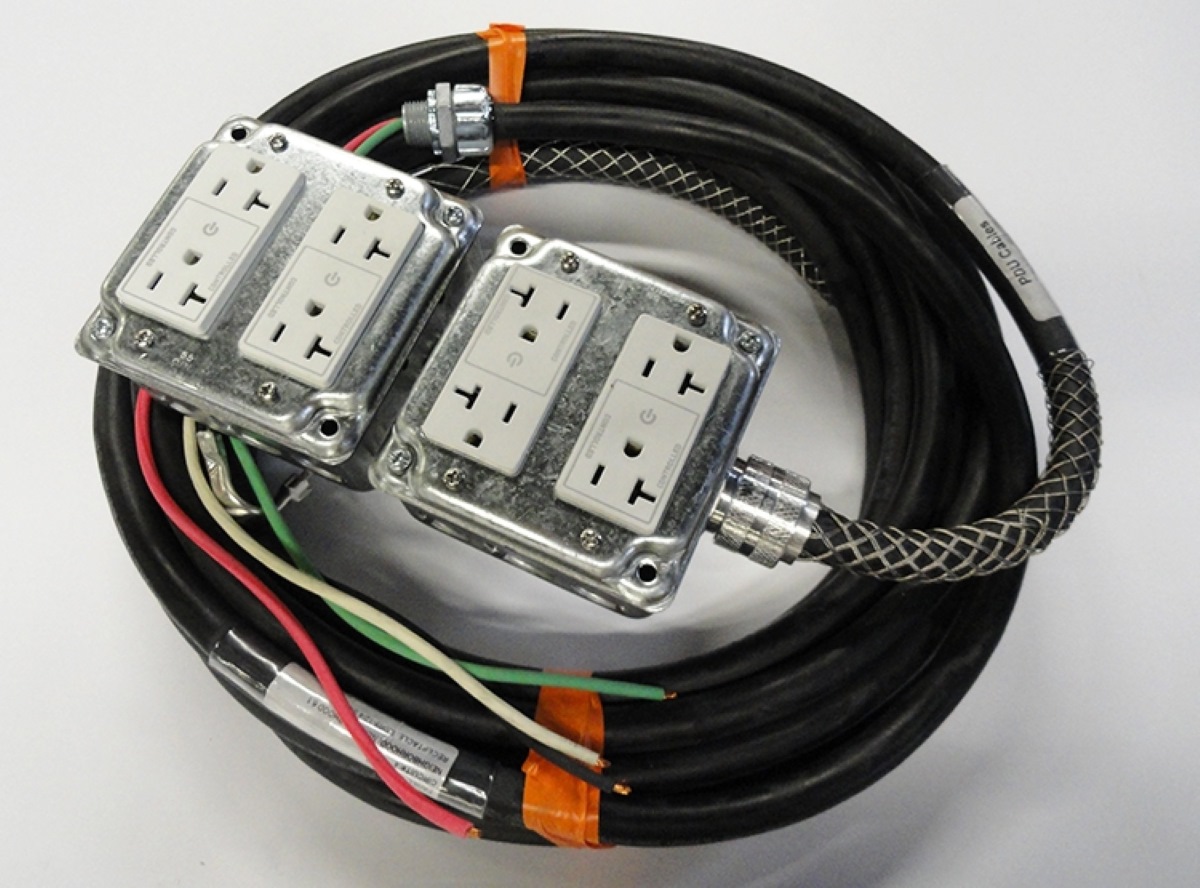
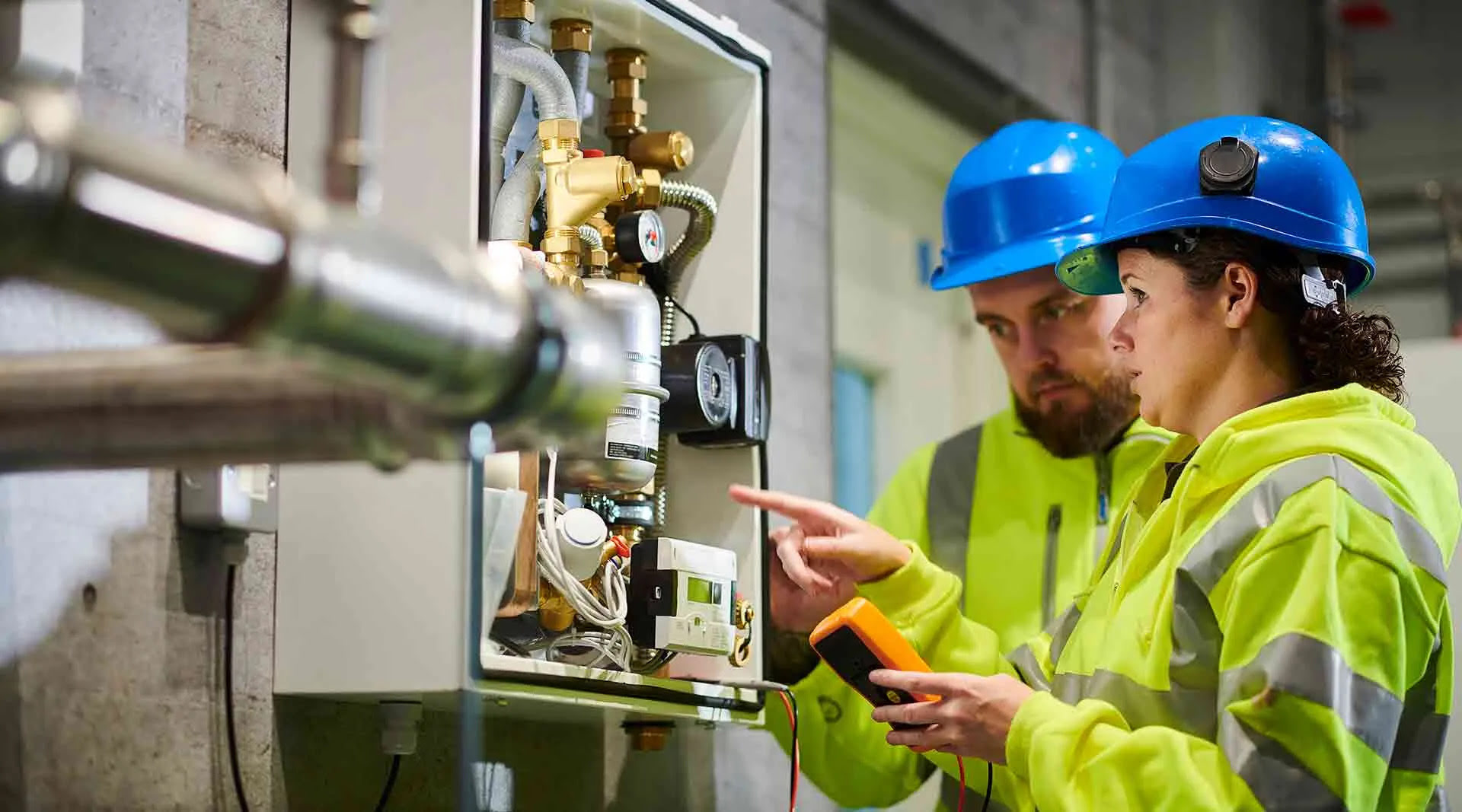
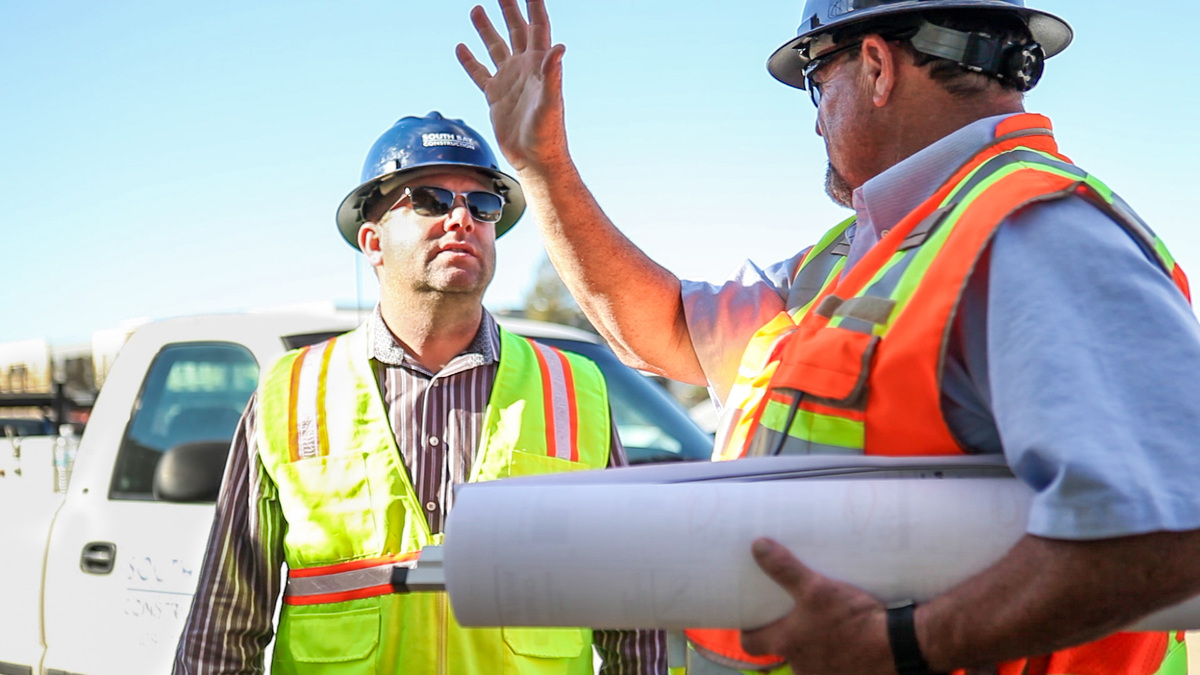

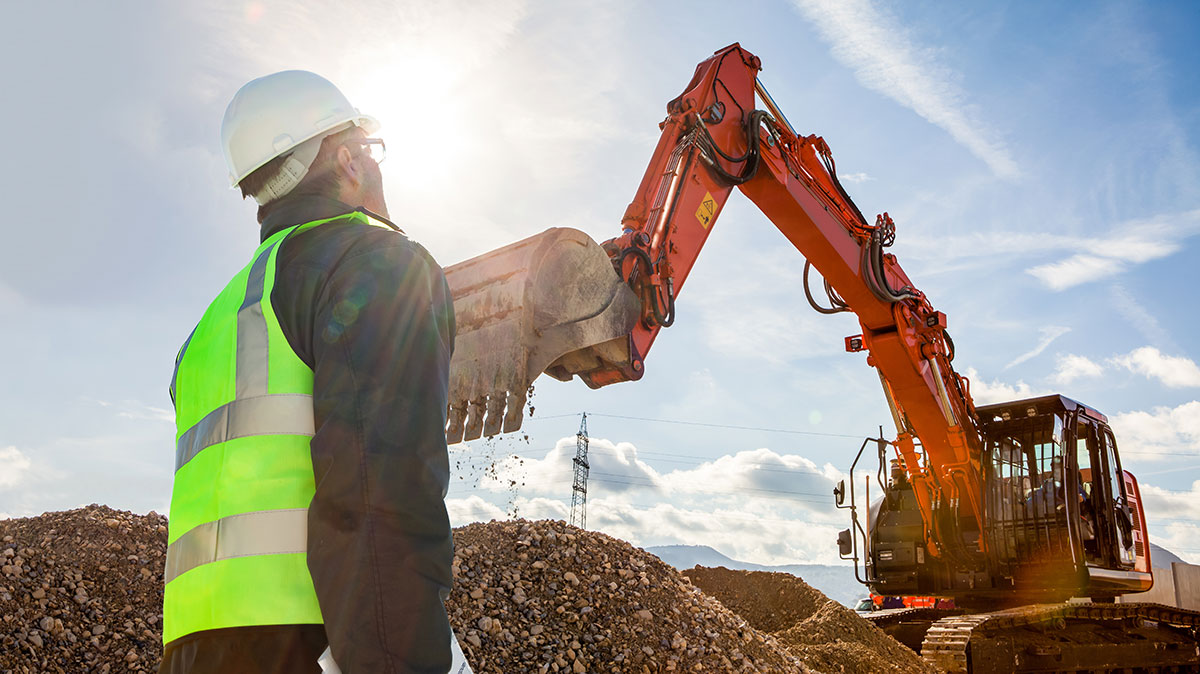
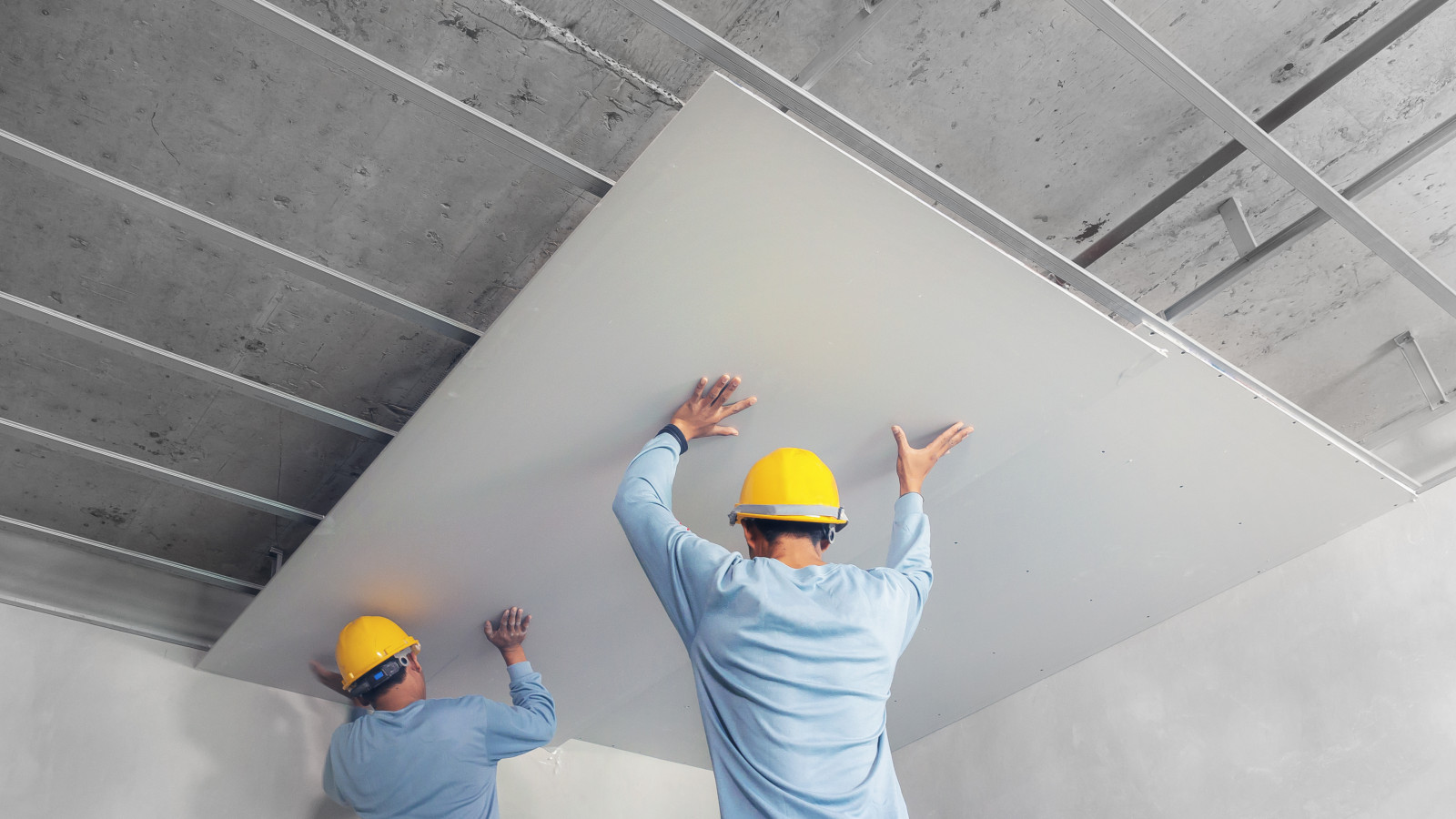

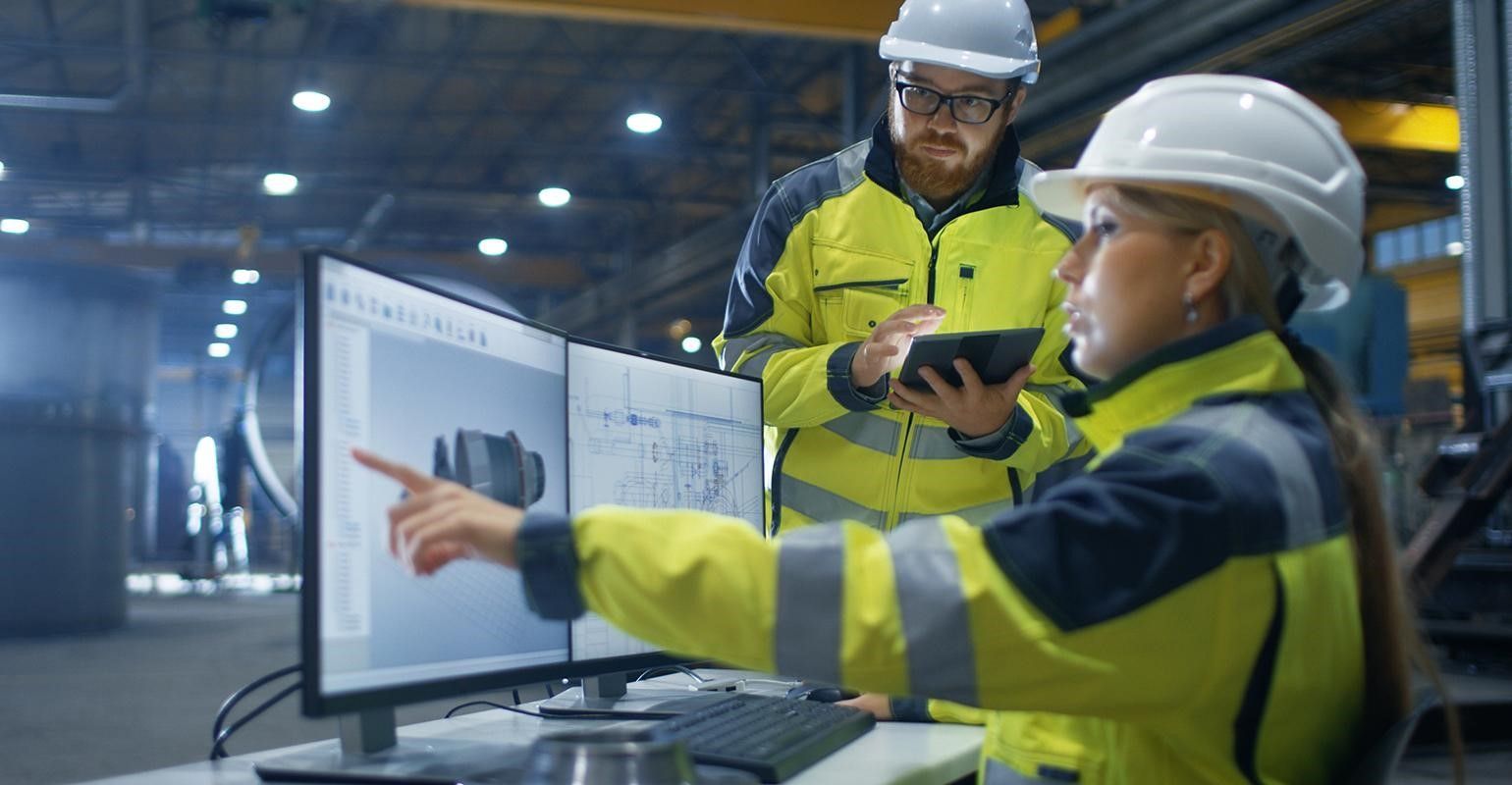
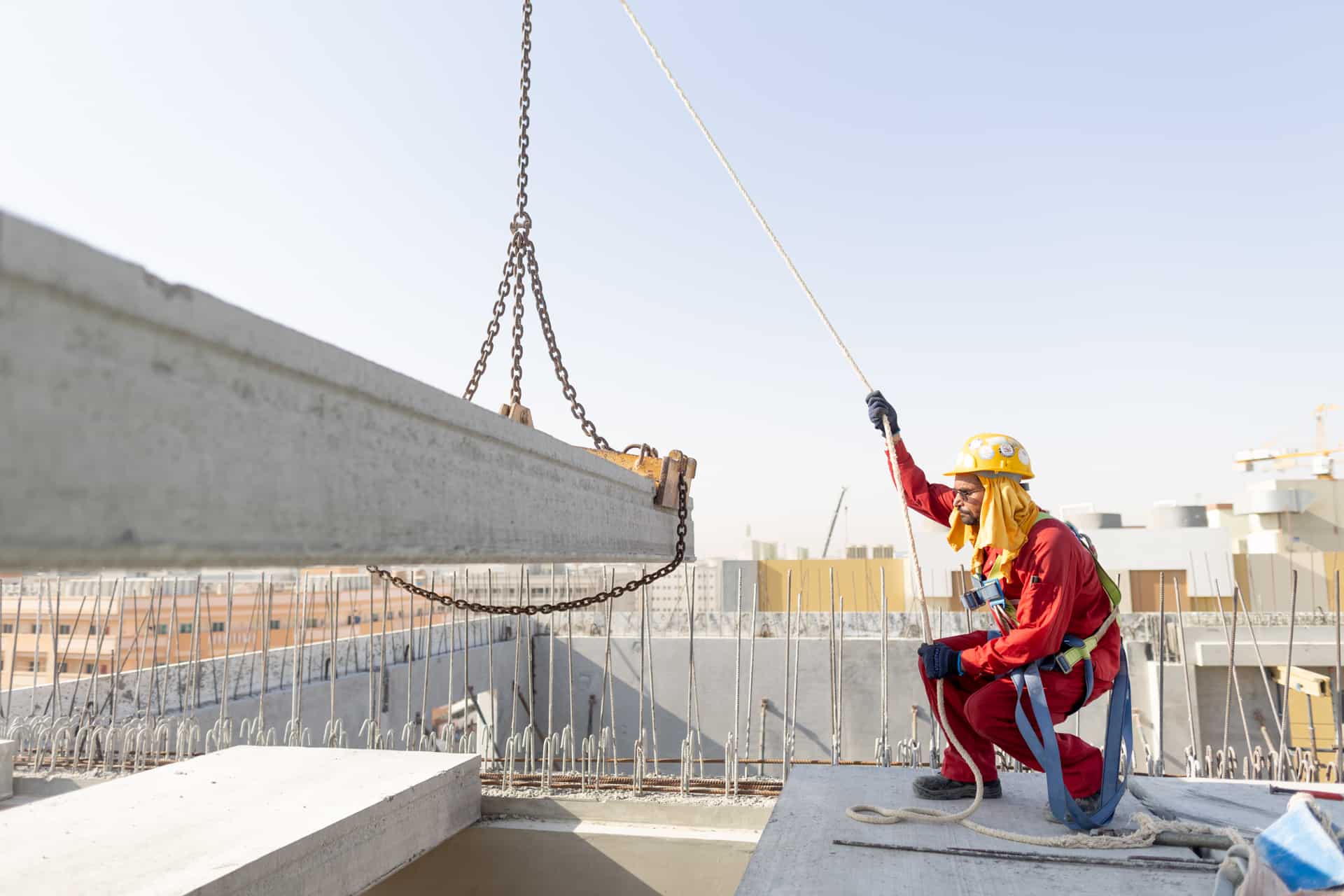
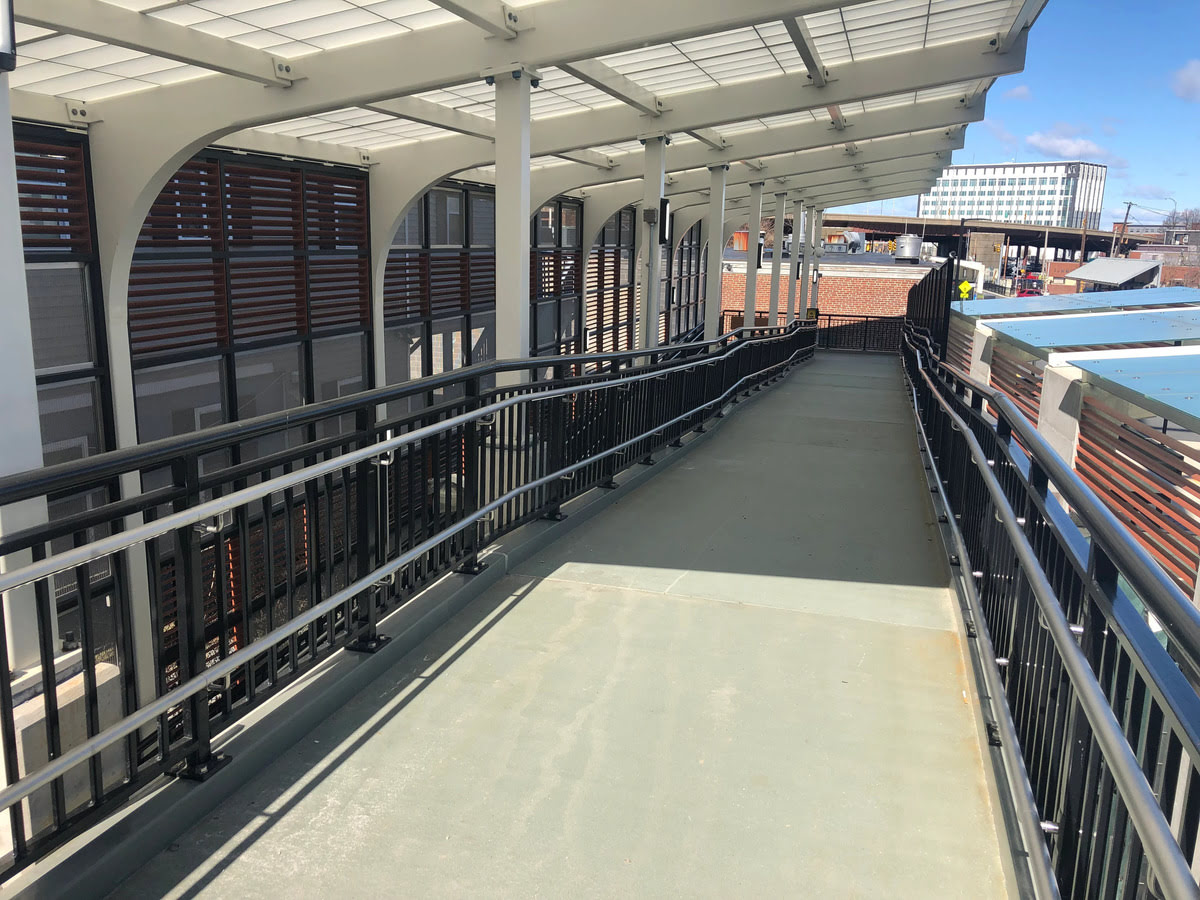

0 thoughts on “What Does PR Stand For In Construction”